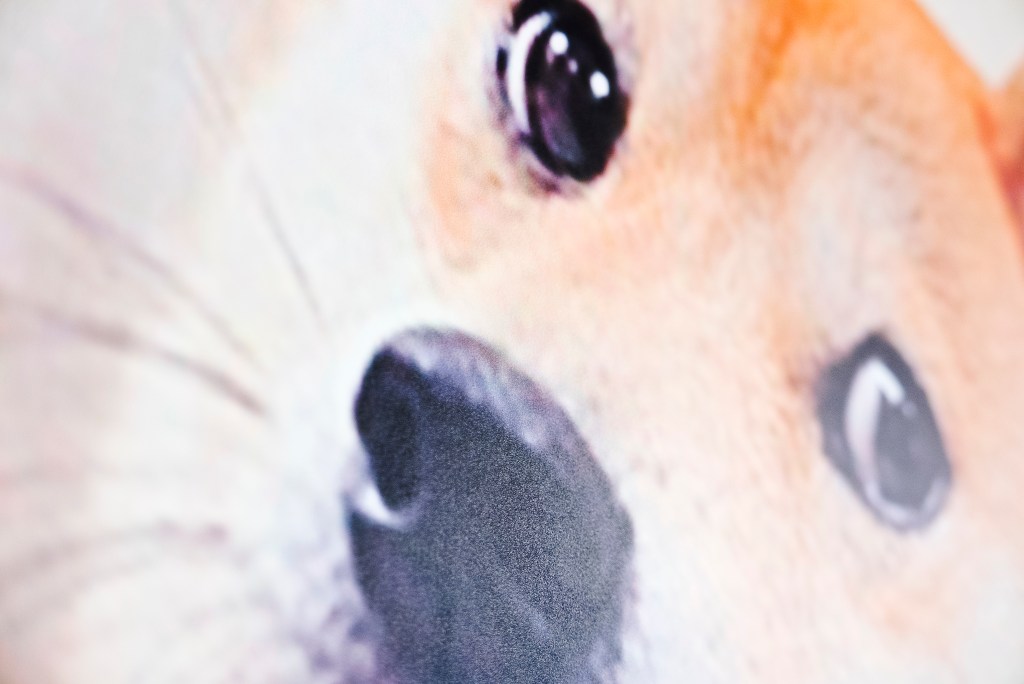There is something delightfully uncanny about entering the “Two Decades of Memes” exhibit in Queens’ Museum of the Moving Image, and seeing a crisp, supersized print of the famed Expanding Brain hanging on the wall. As citizens of the internet, we exclusively consume memes through ravioli-sized jpegs stretched out on our phones and laptops. But here, on the austere walls of a scholarly repository—one that’s also hosting showcases on the evolution of the video camera and the artistry of Jim Henson—you get the first taste of a future where some of the silliest jokes alive will be studied as part of our global story.
The exhibit is curated by the website KnowYourMeme, which has long established itself as the centralized authority for internet humor. As you might expect from the name, “Two Decades of Memes” is a combination of both a timeline, and a gallery, that walks you through some of the most famous, and most viral, artifacts in the history of cyberspace. It begins in 1998, and the famously garbled “All Your Base Are Belong To Us” monologue from the ’80s arcade game Zero Wing, which subsequently immortalized in a flash cartoon with the same name. It’s a worthy starting point, and dovetails neatly into other all-stars like Rage Comics, Pepe the Frog, the Jealous Girlfriend, etc, until you’re given a thorough distillation of how memes have evolved, and diversified with technology. All together, it forces you to consider how this particular slice of web diction originally lived on the pages of prehistoric forums like SomethingAwful, before eventually making their homes in extremely public places, like say, Kim Kardashian’s Instagram account.
Videos by VICE
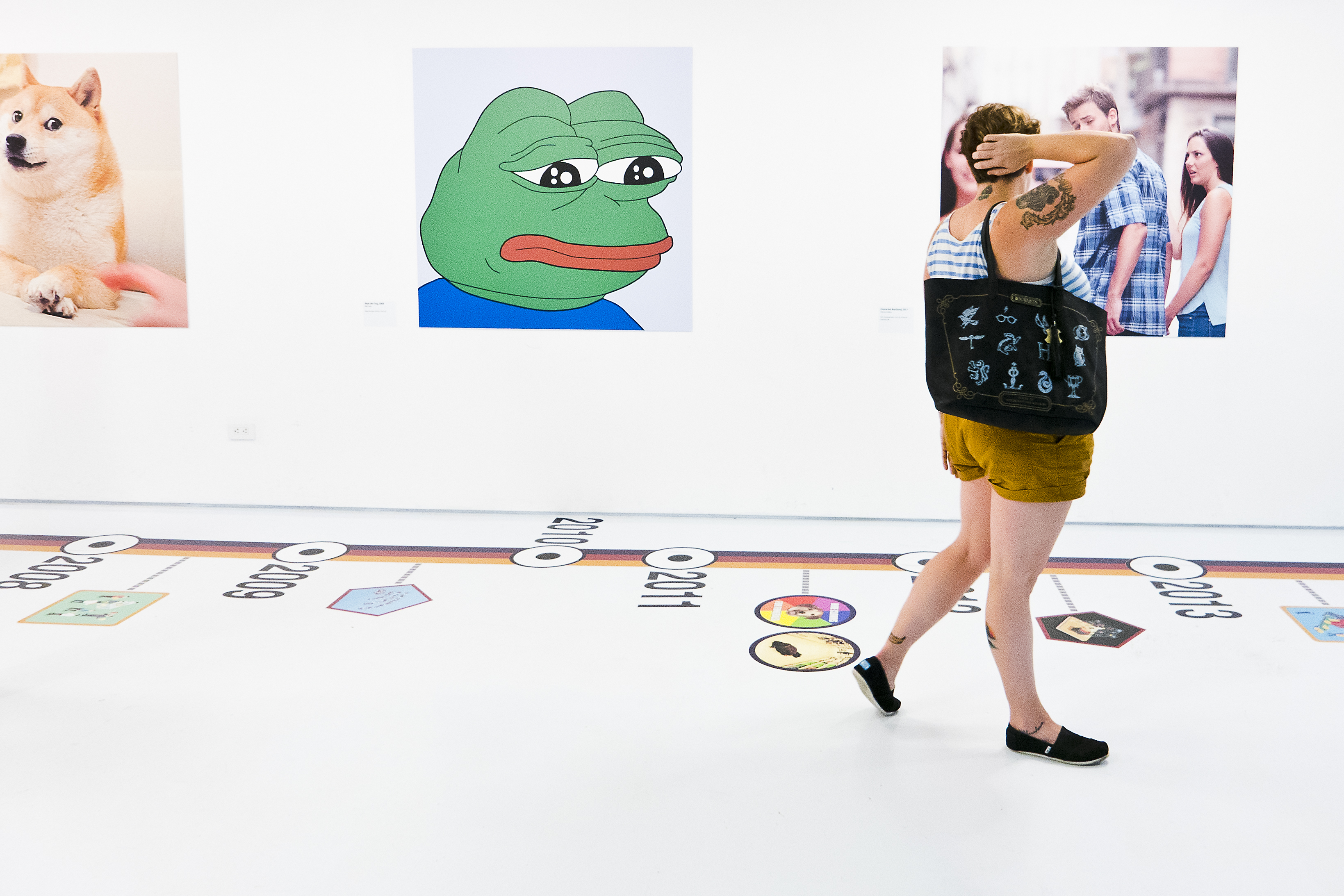
“I moved to America from Korea after elementary school, and the internet was the way I adjusted to western culture,” says Brad Kim, editor-in-chief of KnowYourMeme. “It was so helpful, that I decided to study how those ideas catch on and change. With this exhibit I wanted to present a singular narrative that [tracks memes] that interacts with how the media and IT have developed over the past 20 years.”
Alongside the visual part of the exhibit, KnowYourMeme booked a symposium of speakers who were tasked with tackling one of many intellectual angles on the maturation of online humor. Amanda Brennan, who works at Tumblr, gave a slideshow presentation on the history (and prosperity) of cats on the internet. GIPHY’s Ari Spool led a discussion on the continued renaissance of the GIF. Kim hosted a conversation about the intersection of meme artists and the overarching art world. And VICE’s own Eve Peyser and Peter Slattery, were both featured panelists, examining why millennial humor is so weird/dark and meme analytics, respectively. Essentially, the exhibit argues for people to take memes seriously; that the ephemeral, throwaway jokes that cross your timeline on a daily basis are worth putting under the microscope. “I want to bring [memes] to a level beyond [a joke,]” says Kim. “And how they interact with the social affairs in the world.”

This is an audacious challenge. It’s hard to know how to archive and analyze memes in a meaningful way in 2018, when the format itself is still so young, and in constant flux. There’s not much you can compare it to either. For example, the Museum of the Moving Image does a lot of work in the movie industry, which has its own corresponding tradition of film theory and criticism. That infrastructure doesn’t yet exist for, say, an image macro of an expanding brain. No, memes are too new, and too insurgent, to be examined with objective eyes. In that sense, KnowYourMeme’s work is on the cultural frontier.
All in all, the Two Decades of Memes exhibit is a noble attempt to canonize a brief chronicle of internet folklore, but it doesn’t address how memes are getting more political, and more meta, as the years pile on. Pepe the Frog has been hijacked by an international community of racists—it’s not the first example of that, and it certainly won’t be the last, and Kim tells me he’d like to explore a deeper reading into the politicization of internet humor in the future.
There’s are of course those who may harbor the idea that memes aren’t worthy of academic discourse, an understandable position, and one I put past the Museum of the Motion Image’s Executive Director Carl Goodman. He is quick to remind those who feel this way that one of the very first films ever made for the Kinetoscope, a 19th century motion picture device, was of two boxing cats—essentially a Tumblr GIF pushed out during the Grover Cleveland administration. Media, even when it’s deemed silly or frivolous, can still be crucial.

“In a way, we have a responsibility to help contribute to the zeitgeist. We’re not reacting to these new forms of expression, we’re helping people look at them in a more serious way,” says Goodman. “We need to fulfill our responsibility as a museum, which is to make sure the kinds of things that we’ll look back on as significant, and influential, and inspirational, are made available not just for the public, but for scholars, and to others that want to document the history that we’re living through.”
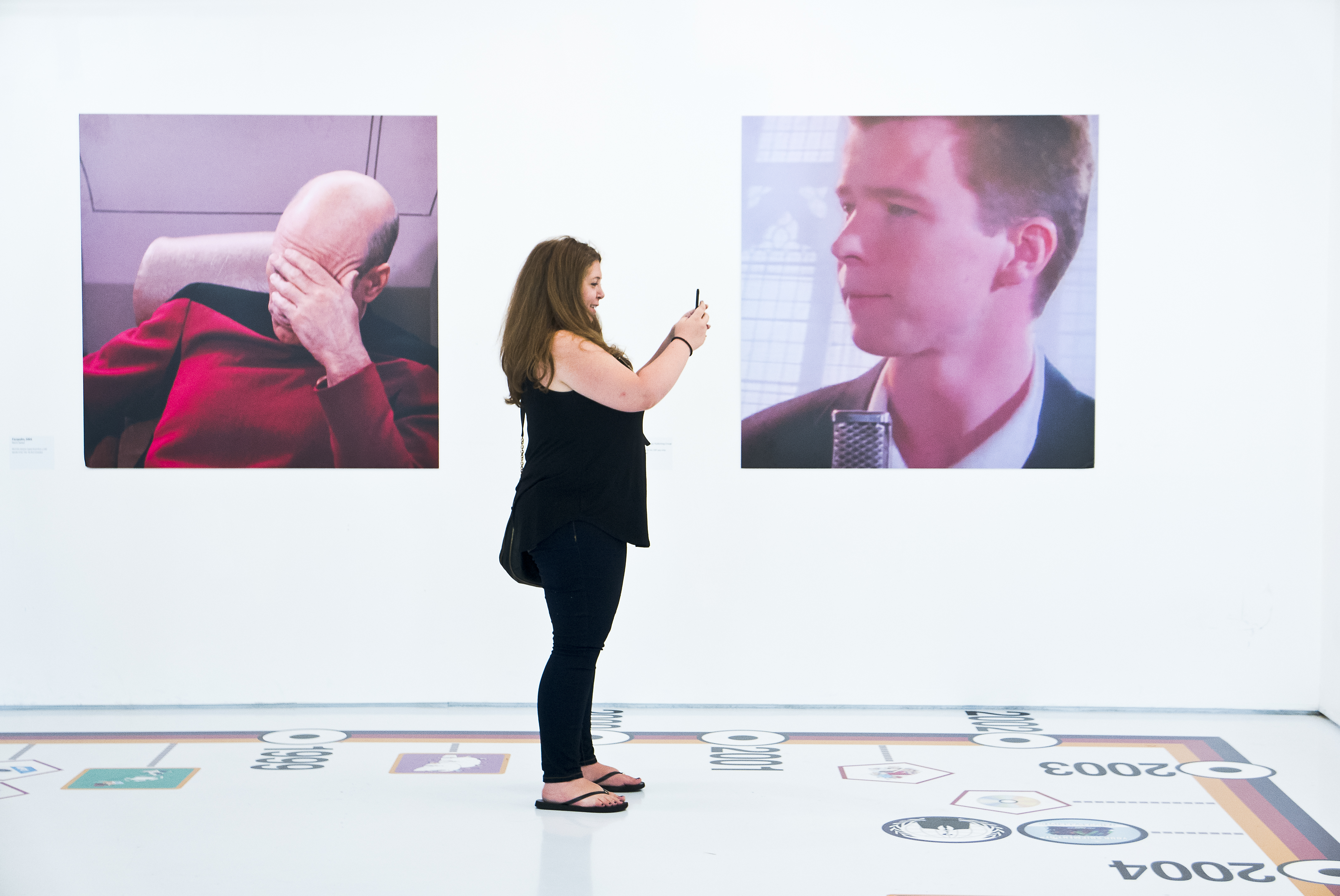

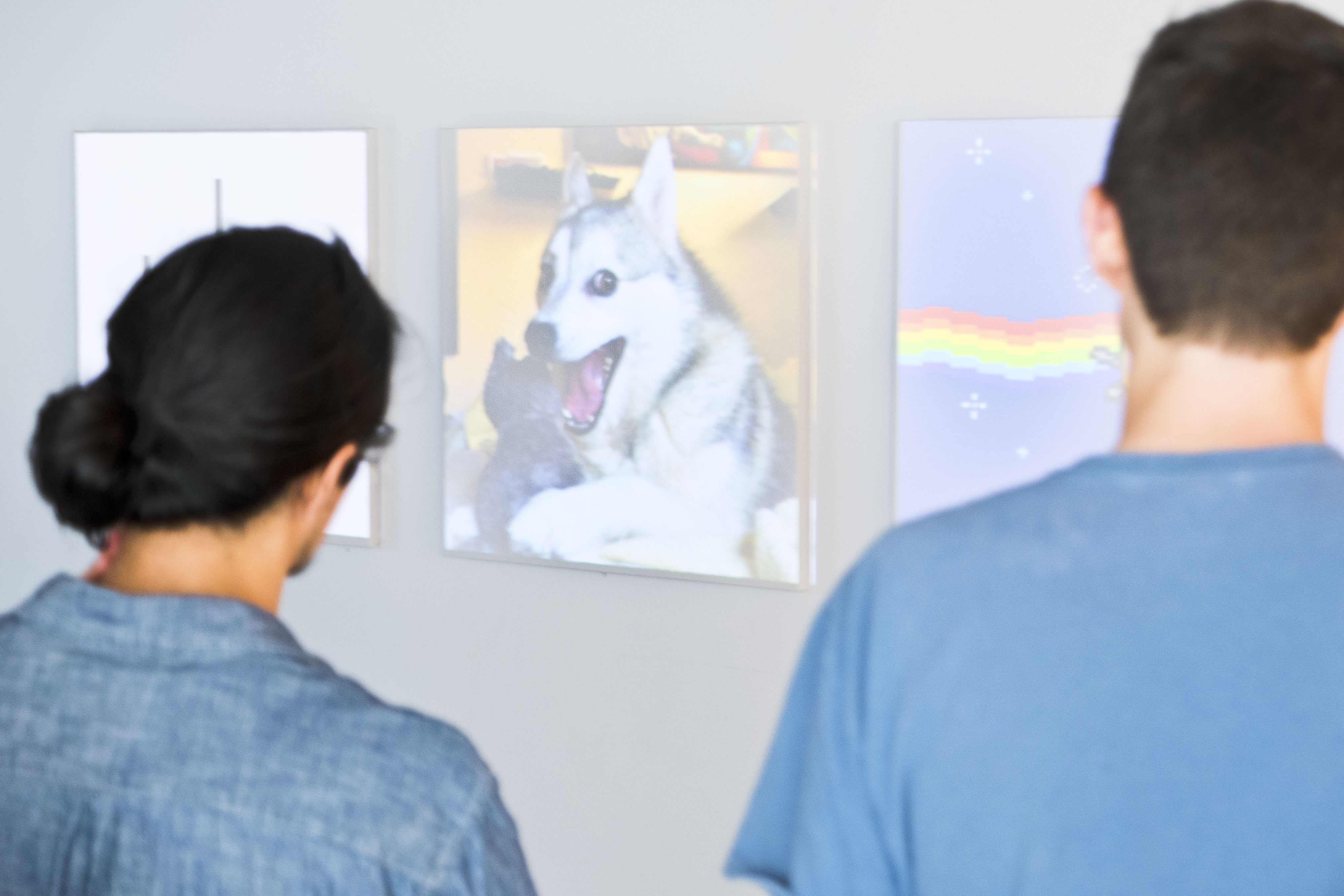

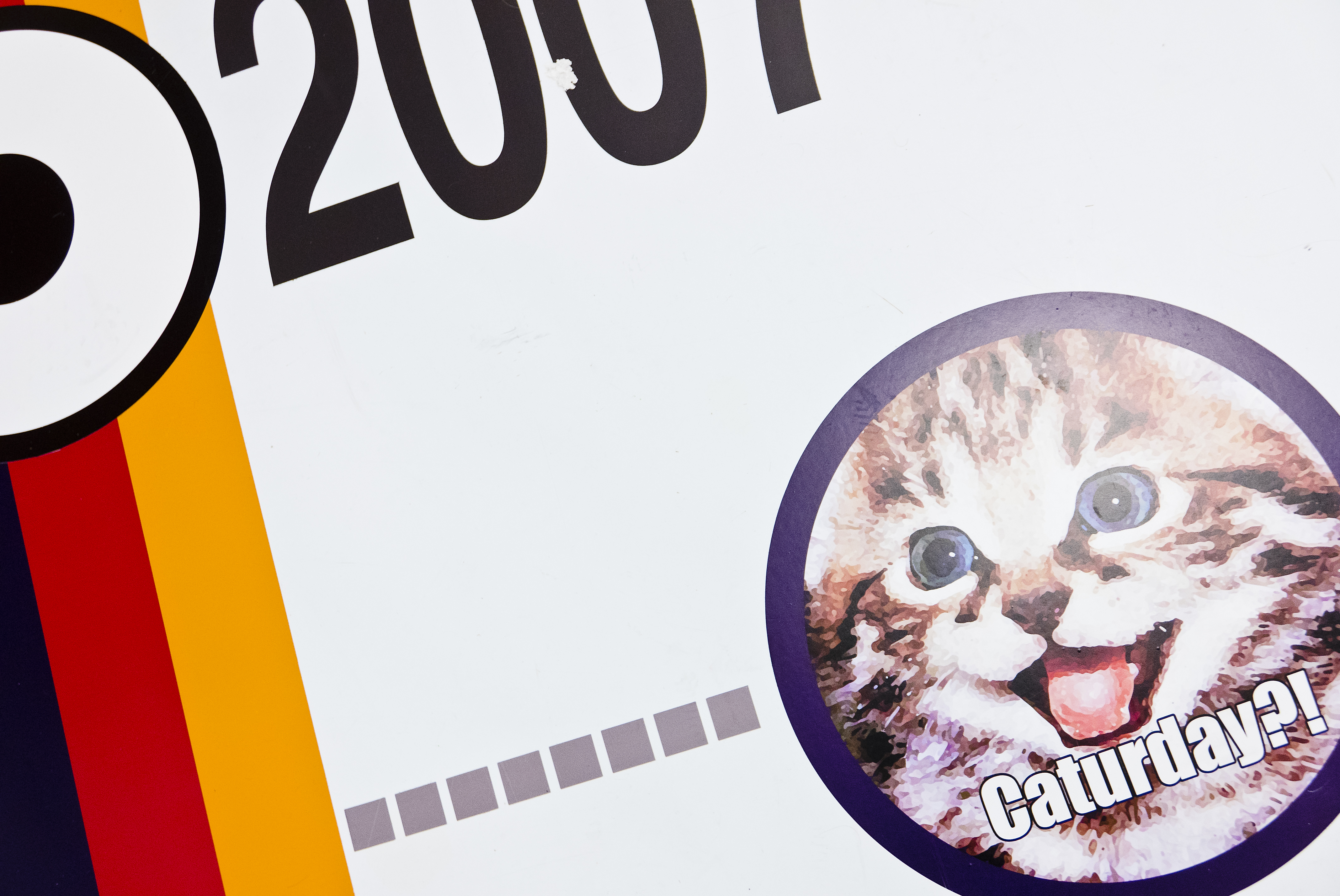


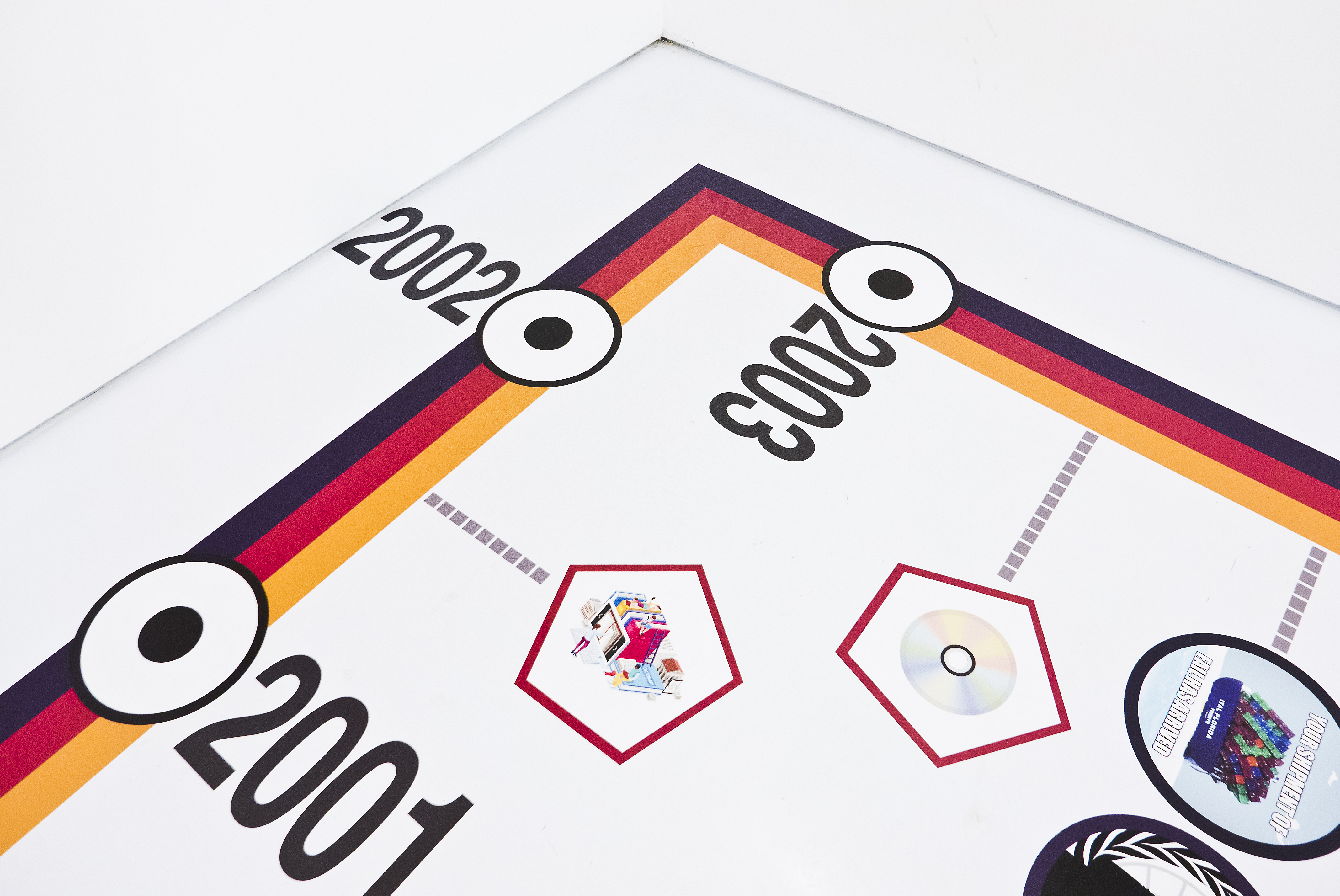

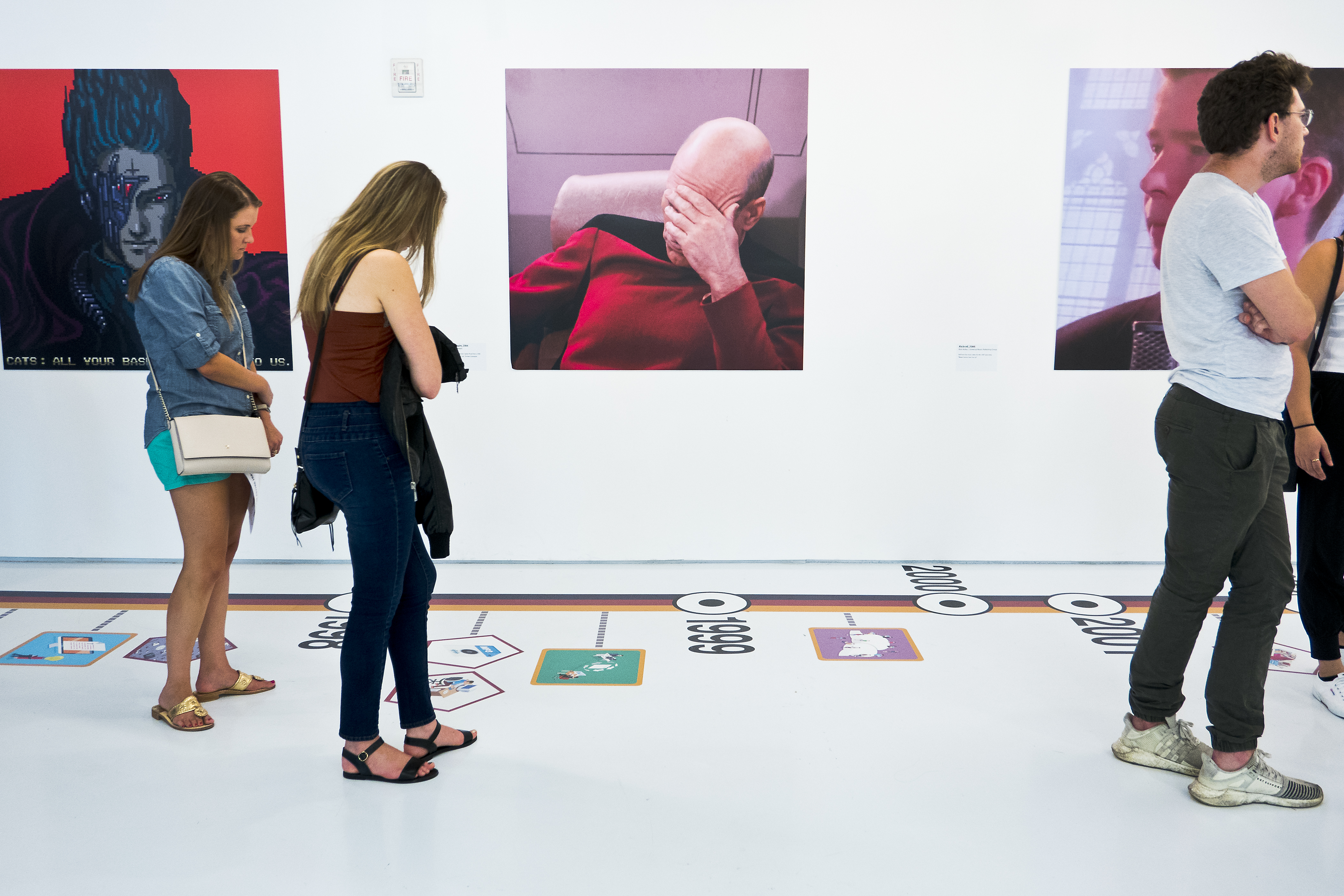
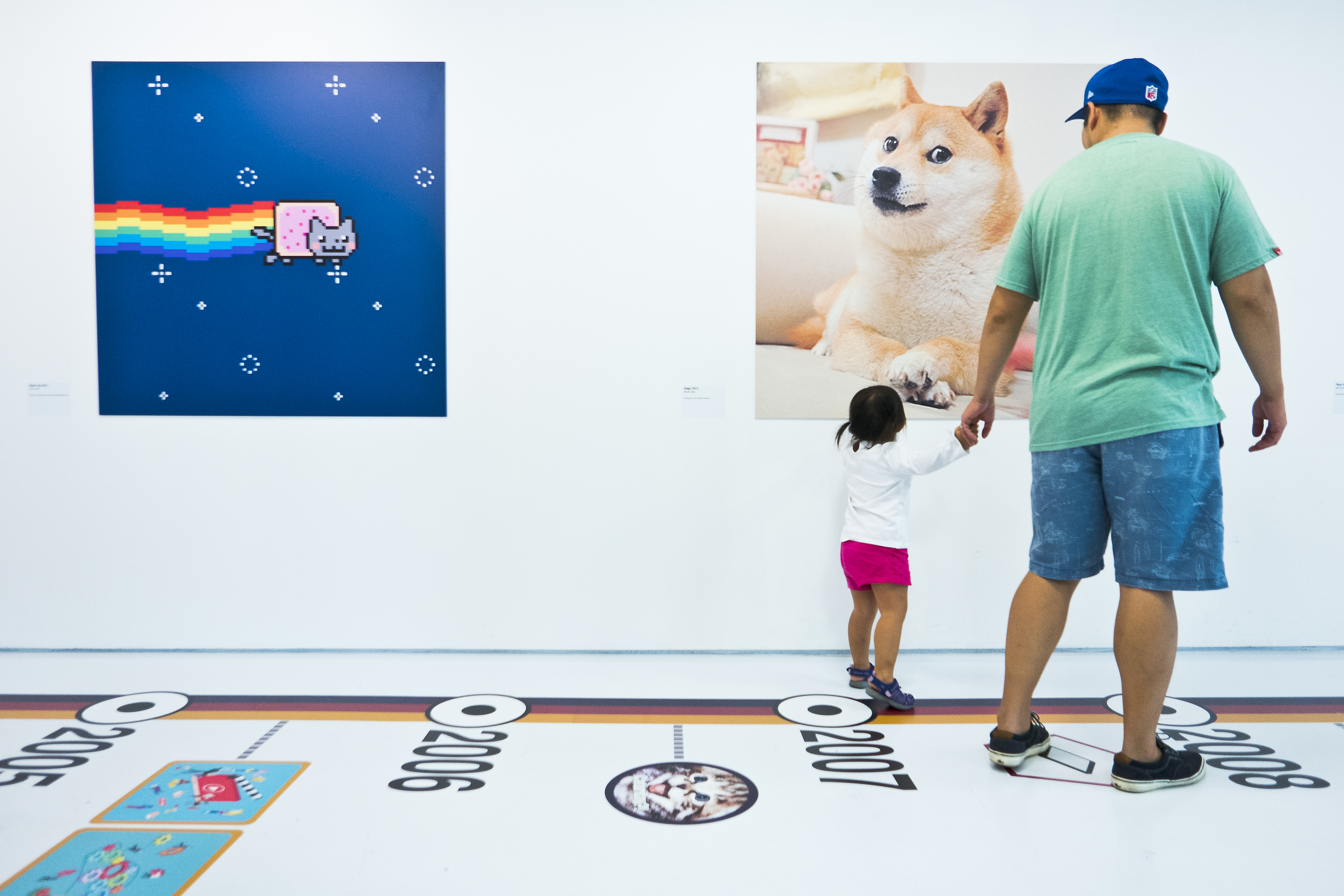
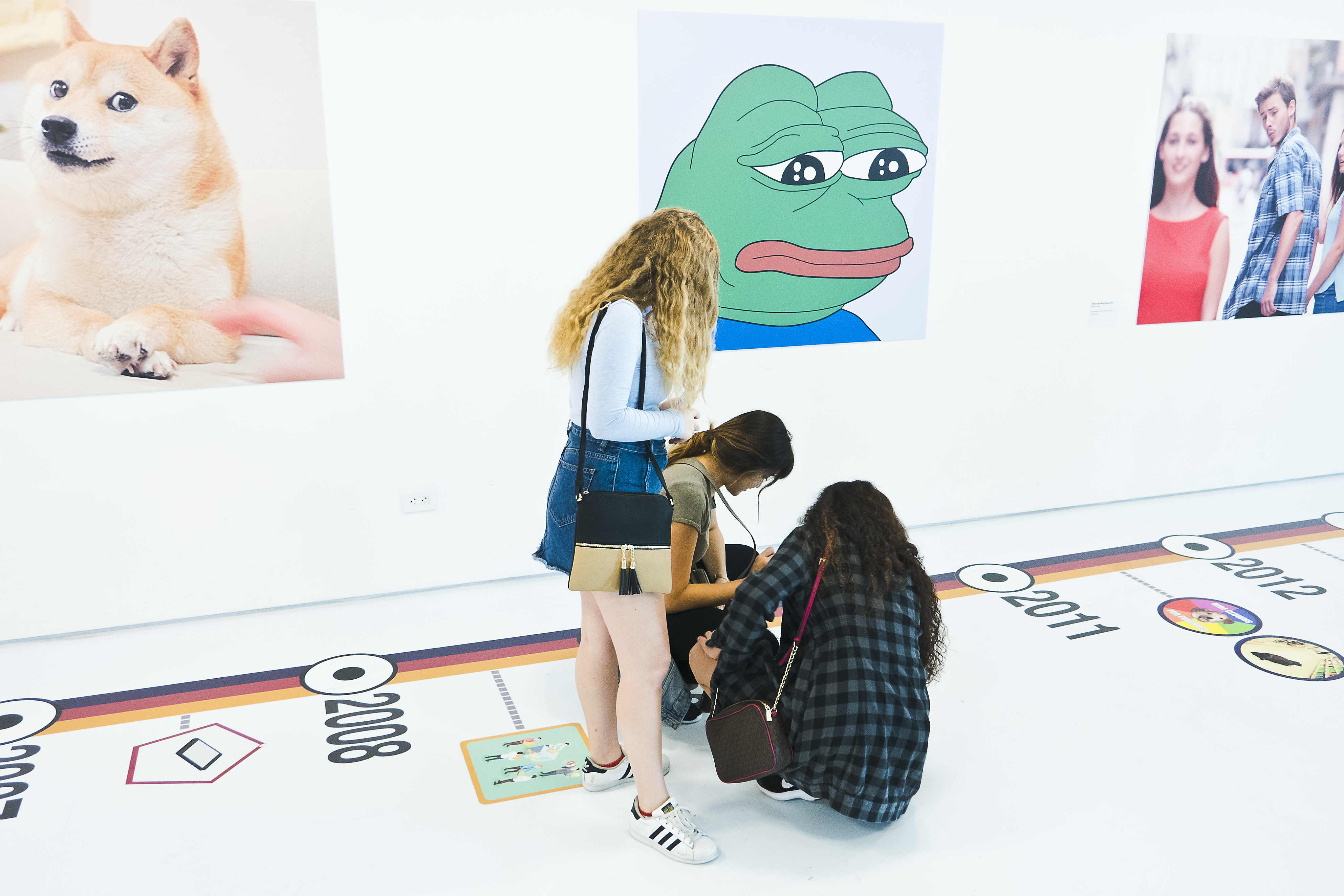
Sign up for our newsletter to get the best of VICE delivered to your inbox daily.
Follow Luke Winkie on Twitter.
